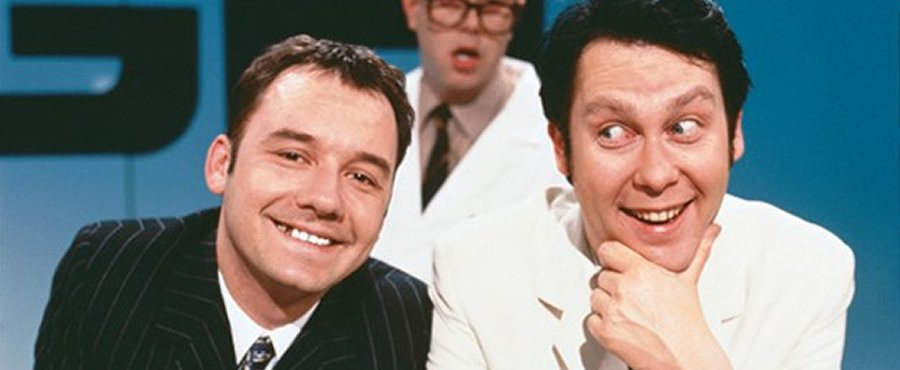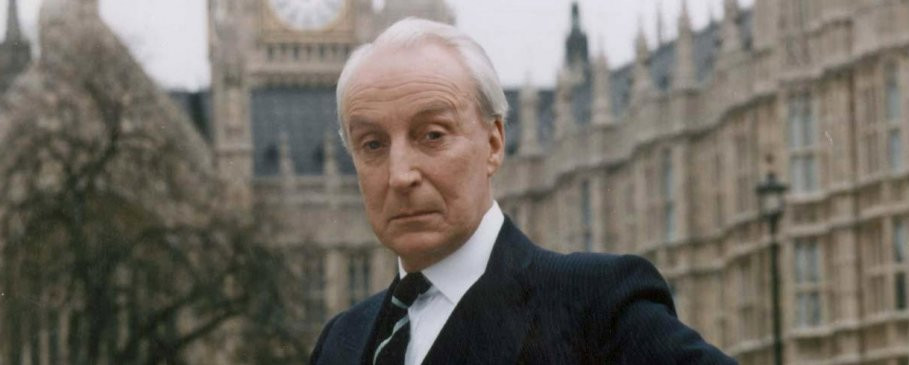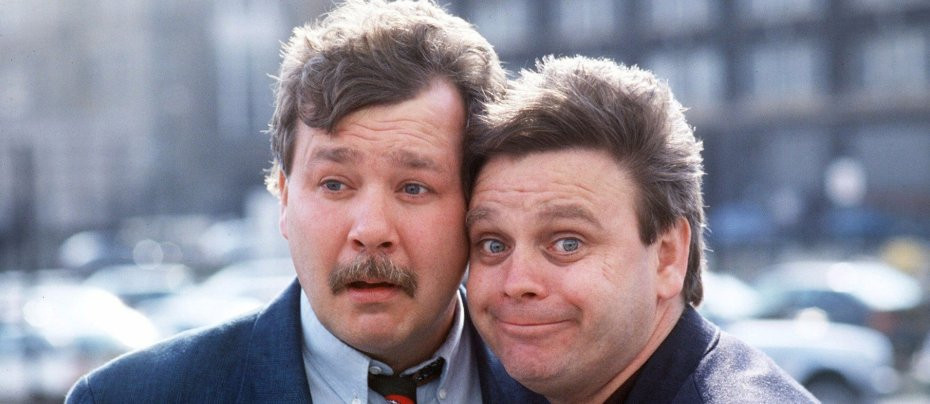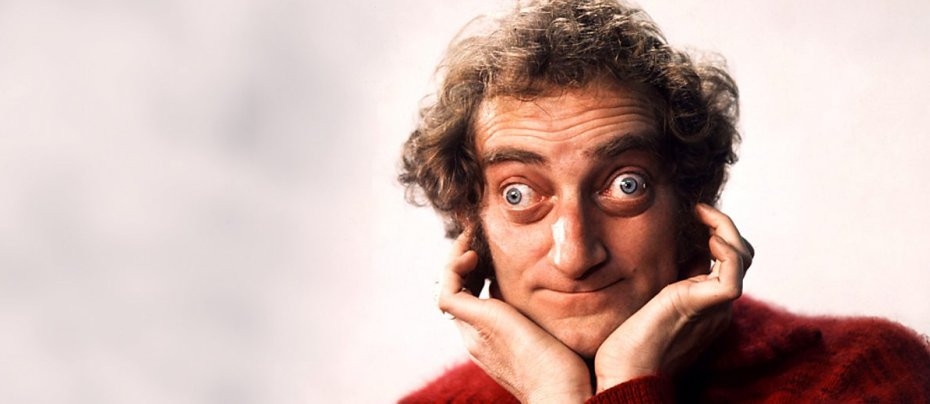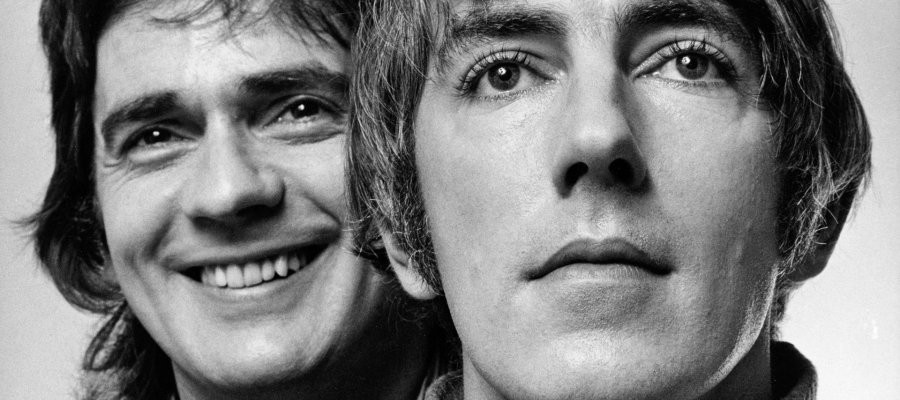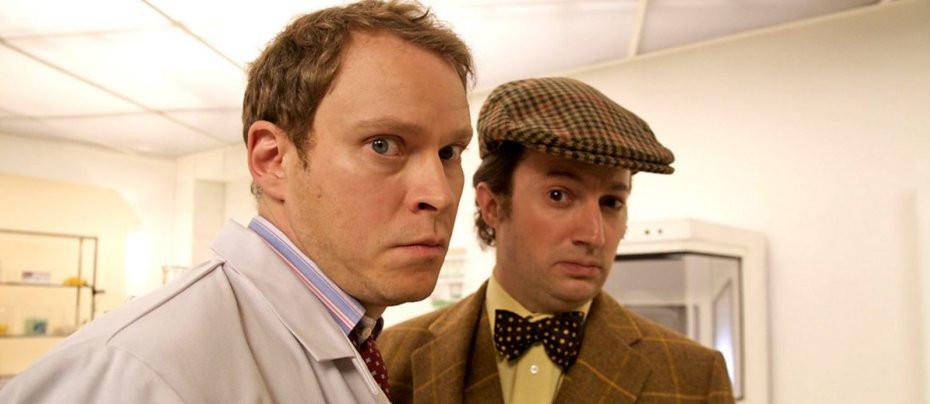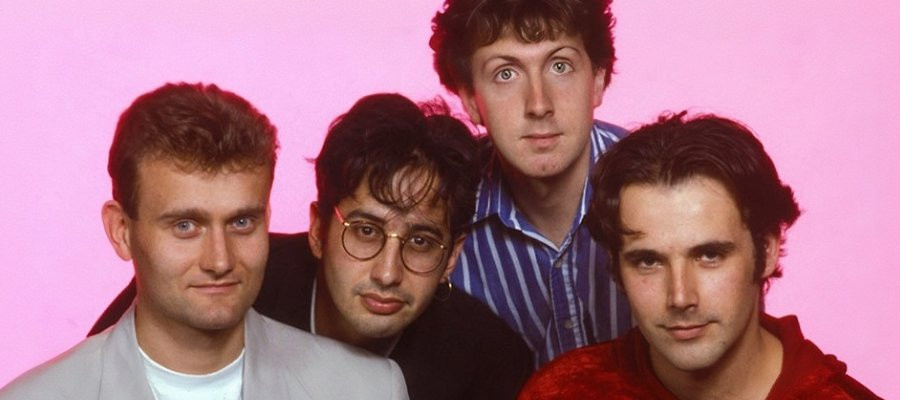
The Mary Whitehouse Experience
1990 - United KingdomThe Mary Whitehouse Experience stands as a landmark in British comedy, a show that fused the raw energy of late-80s stand-up with the slick presentation of early-90s television, and in doing so helped redefine what sketch comedy could look like for a new generation.
Developed as a successor to Radio 1's pioneering but modest Hey Rrradio!!! — itself a fascinating snapshot of the stand-up boom of the late 1980s — The Mary Whitehouse Experience emerged from humble beginnings. The original radio incarnation debuted in 1989 at a midnight slot, not exactly prime time, and initially lacked any clear direction beyond a loose promise of topical humour. But what it lacked in polish, it more than made up for in authenticity and attitude. The title itself, a tongue-in-cheek nod to the moral crusader Mary Whitehouse, hinted at the show's irreverent tone and willingness to stir the pot — a promise the team made good on repeatedly.
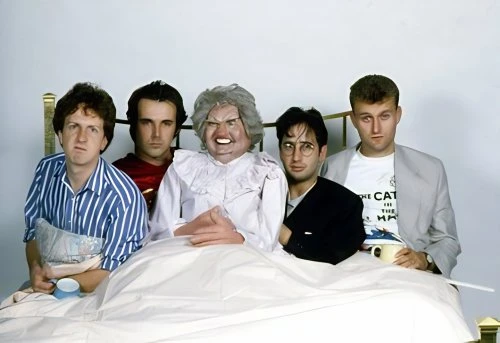
The core quartet — David Baddiel, Robert Newman, Steve Punt, and Hugh Dennis — brought contrasting but complementary voices. All were Spitting Image alumni in one form or another, and their satirical chops shone through. Where Newman and Baddiel delivered caustic, literate wit and cultural references with the verve of rock stars, Punt and Dennis offered a slightly more grounded, observational humour that would come to define much of their later work. The chemistry between these two duos was unmistakable and crucial to the show’s success.
When The Mary Whitehouse Experience made the leap to television in 1990, it retained its energetic, anti-establishment ethos while polishing the format. The result was a fast-paced sketch show with a distinctive style. The staging — industrial backdrops, sharp graphics, and short, punchy segments — gave the show a contemporary edge. It looked and felt different from anything else on air at the time.
And the sketches themselves? Memorable, bizarre, and iconic. The now-legendary History Today strand — featuring Baddiel and Newman as two elderly academics who quickly descend into puerile taunts ("That's you, that is") — became a cultural touchstone, ranked 24th in Channel 4’s 50 Greatest Comedy Sketches. Hugh Dennis’ Mr Strange — an oddball milk enthusiast in a grimy mac — became a cult favourite, while Newman’s sarcastic Ray, Edward Colanderhands, and pitch-perfect impressions gave the show a surreal, character-led edge.
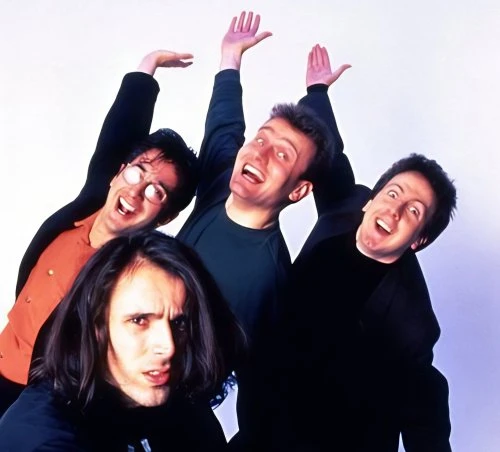
Yet, the success wasn’t universal. Critics were often divided — some derided the show as juvenile and smug, and in truth, parts of the humour haven’t aged well. But for its target audience — disaffected, media-literate young adults — The Mary Whitehouse Experience was a revelation: intelligent, edgy, and unafraid to be silly.
The show ended after two TV series, but its impact was long-lasting. Baddiel and Newman’s subsequent show Newman and Baddiel in Pieces never quite lived up to the hype and their partnership famously imploded following a performance at Wembley Arena. Punt and Dennis fared better, carving out long careers in comedy, especially through The Now Show on Radio 4. Meanwhile, Hugh Dennis would eventually become the most mainstream-successful of the group, starring in sitcoms like Outnumbered and becoming a panel-show fixture.
Looking back, The Mary Whitehouse Experience captured a transitional moment in British comedy — a bridge between the alternative explosion of the 1980s and the polished sketch and panel shows of the 1990s and beyond. It helped launch four major comedy careers and introduced a host of sketches and characters that still resonate with those who grew up watching.
It was messy, inconsistent, and sometimes immature. But it was also bold, brilliant, and unforgettable.
Seen this show? How do you rate it?
Seen this show? How do you rate it?
Published on July 26th, 2025. Written by Percival Wexley-Smith for Television Heaven.




